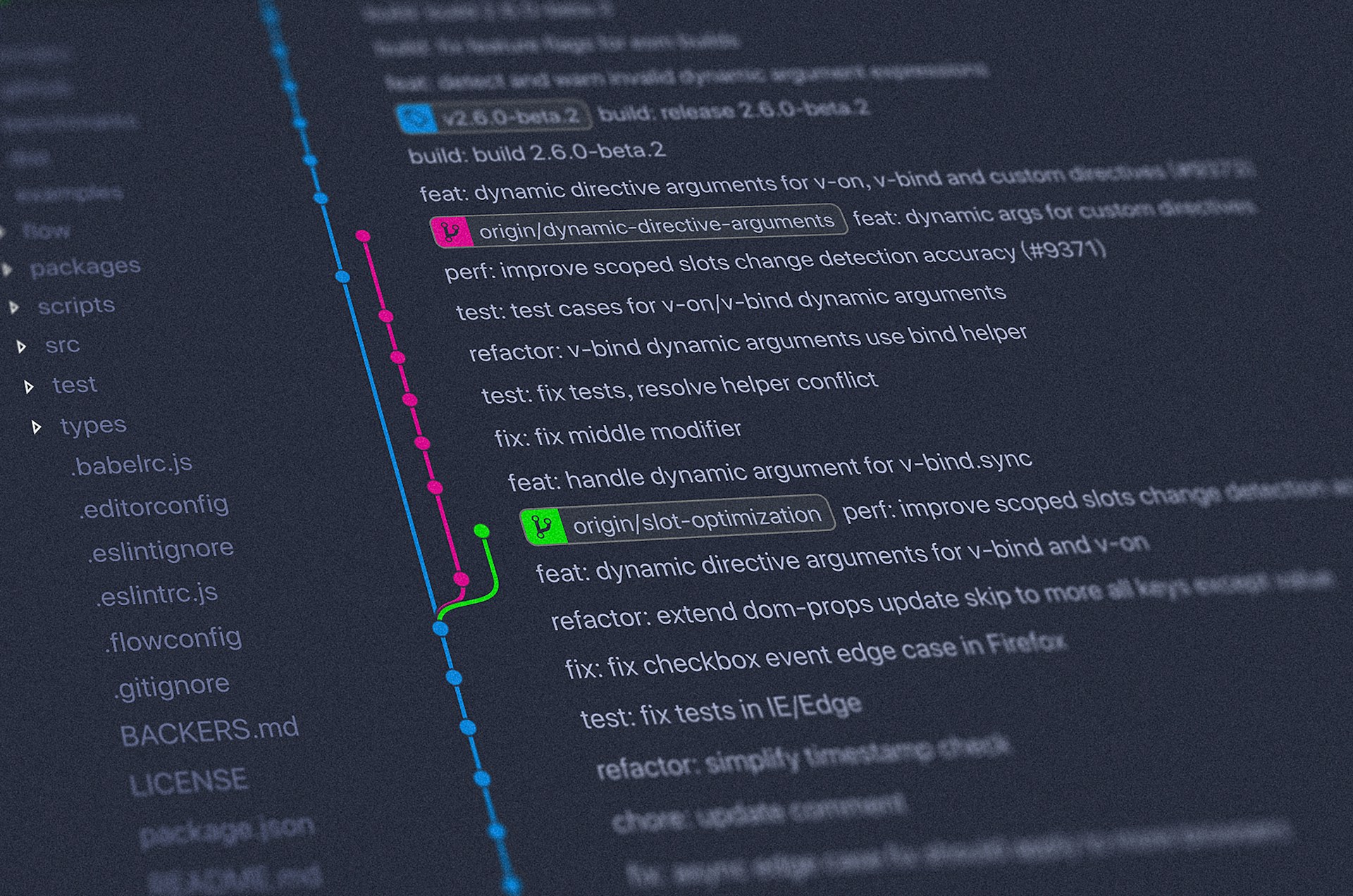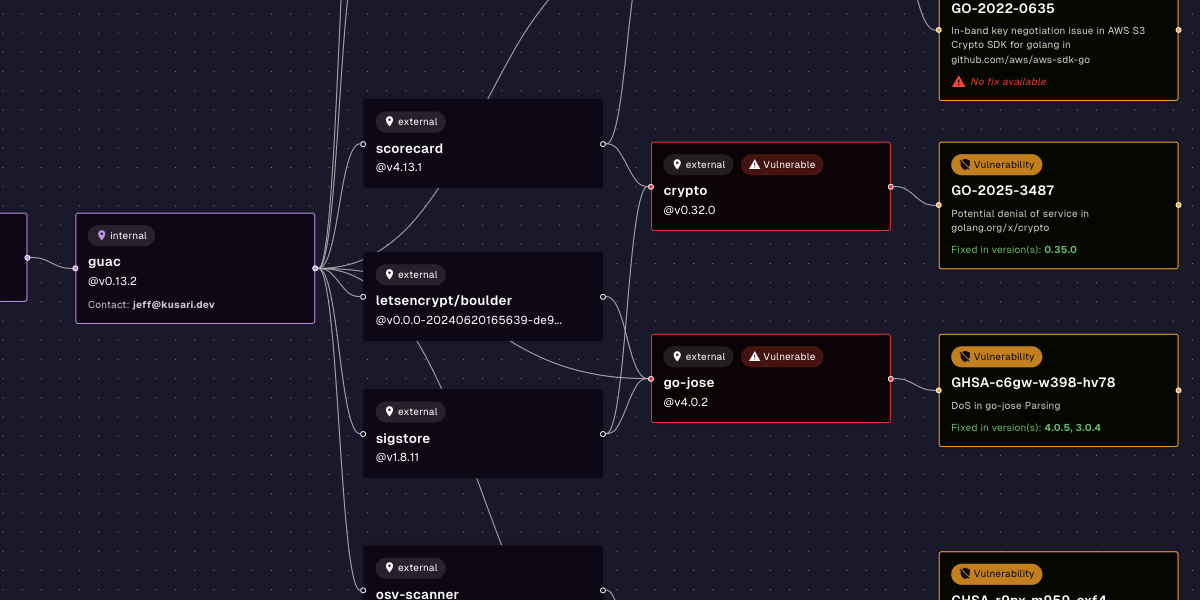The Top 10 To-Dos for CRA Compliance Right Now
A strategic guide for CISOs and software security leaders
October 22, 2025

As the EU Cyber Resilience Act (CRA) approaches implementation, software-producing organizations worldwide face new regulatory requirements, and significant consequences for non-compliance. The CRA aims to enhance software security, transparency, and accountability, particularly for products that rely on open source components, third-party vendors, or complex development pipelines.
This guide provides a practical, strategic roadmap of 10 essential actions to take now, implementing best practices today to position your organization for CRA compliance and keep you ahead of future enforcement.
1. Conduct a Comprehensive Software Supply Chain Security Assessment
Start with a thorough assessment of your current software development and delivery practices across all layers: First-party code, open source libraries, vendor-supplied components, and CI/CD workflows.
Focus your review on:
- Risk posture of third-party software dependencies
- Access controls for source code and build environments
- Current vulnerability management processes and response times
- Tooling gaps across your Software Development Lifecycle (SDLC)
- Documentation quality and audit trail completeness
Why it matters: Without a clear inventory of your current security posture, you cannot effectively align with CRA expectations. This step isn't about patching existing problems—it's about creating a baseline understanding of what you've built and how secure it truly is.
2. Develop a Robust Software Bill of Materials (SBOM) Strategy
An SBOM is a cornerstone of CRA compliance, providing a detailed inventory of components in your software products, including all open source and proprietary libraries.
Essential elements of your SBOM strategy:
- Accurate dependency mapping, including transitive packages and their relationships
- Comprehensive metadata covering versions, licenses, and known vulnerabilities
- Automated processes for continuous updates as your codebase evolves
- Integration with vulnerability databases and threat intelligence feeds
- Export capabilities in standardized formats (SPDX, CycloneDX)
Why it matters: Regulators will expect you to produce and verify SBOMs on demand. This requires more than tooling. SBOMs must be audit-ready, accurate, and continuously maintained throughout the software lifecycle.
3. Implement Security Best Practices Now, Regardless of Regulatory Timeline
While CRA implementation details continue to evolve, security leaders should adopt proven practices that align with the regulation's intent.
Examples of regulatory-resilient "safe bets":
- Cryptographic signing of all build artifacts and releases
- Comprehensive documentation of software provenance and build processes
- Automated vulnerability scanning integrated into CI/CD pipelines
- Implementation of secure-by-default configurations
- Regular security testing including SAST, DAST, and dependency analysis
Why it matters: These practices represent universally recognized security fundamentals. Even if CRA requirements shift, you'll already be aligned with core security principles that regulators expect.
4. Move Beyond "Checklist Compliance" to Operational Security
CRA compliance is about demonstrating measurable control, traceability, and governance across your entire software ecosystem.
Avoid common compliance pitfalls:
- Treating documentation as a substitute for actual security enforcement
- Over-relying on vendor certifications without independent verification
- Ignoring contextual factors like vulnerability, reachability and exploitability
- Implementing controls without measuring their effectiveness
Why it matters: Auditors will probe beyond surface-level compliance. They'll ask not just "Do you scan for vulnerabilities?" but "How do you prioritize and respond? What's your mean time to remediation? Who owns the process?" Compliance must be operationalized and measurable.
5. Establish Continuous Vulnerability Monitoring and Response
Point-in-time security assessments are insufficient for CRA compliance. The regulation expects ongoing vulnerability management across your software stack.
Key implementation requirements:
- Real-time CVE scanning tools integrated throughout your development pipeline
- Intelligent alerting systems that prioritize based on severity, exploitability, and business impact
- Dependency reachability analysis to understand actual risk exposure
- Automated patch management processes where feasible
- Clear escalation procedures for critical vulnerabilities
Why it matters: Vulnerabilities discovered post-deployment can be just as damaging as those present at release. Your monitoring capabilities must cover both internal code and external dependencies throughout the software lifecycle.
6. Implement Proactive Open Source Dependency Governance
CRA compliance demands comprehensive visibility and governance over third-party and open source software usage.
Essential tracking and evaluation criteria:
- Project health metrics including maintenance activity and community engagement
- Security posture assessment based on vulnerability history and response patterns
- License compatibility analysis and legal risk evaluation
- Maintainer reputation and project sustainability indicators
- Supply chain security practices of upstream projects
Why it matters: Modern software heavily relies on open source components, but many projects are under-maintained or face sustainability challenges. CRA expects organizations to justify their trust decisions with concrete evidence.
7. Secure Your Software Factory: CI/CD and Artifact Management
Compromised build systems can transform trusted code into security liabilities. CRA compliance demands supply chain integrity throughout the development process.
Critical security controls for your software factory:
- Comprehensive role-based access controls (RBAC) with principle of least privilege
- Signed and reproducible builds with cryptographic verification
- Tamper-proof artifact storage with integrity checking
- Secure secrets management and credential rotation
- Build environment isolation and sandboxing
- Comprehensive audit logging of all build and deployment activities
Why it matters: The CRA's "secure-by-default" requirements extend to how software is built and distributed, not just the final product. Your development infrastructure is part of your attack surface.
8. Foster Cross-Functional Security Ownership
CRA compliance extends beyond traditional IT and security boundaries. Engineering, legal, product management, and finance teams must understand and own relevant aspects of compliance.
Strategies for building shared responsibility:
- Conduct role-specific CRA training tailored to each department's responsibilities
- Provide shared visibility through security dashboards and SBOM access
- Define clear ownership matrices for vulnerability response processes
- Establish cross-functional security champion programs
- Create regular communication channels between security and business teams
Why it matters: CRA compliance is fundamentally a cross-functional governance challenge. Success requires security to be embedded in business processes, not treated as a separate technical concern.
9. Maintain Comprehensive Documentation and Audit Trails
CRA auditors will require concrete evidence that your security policies are not just documented, but actively enforced, versioned, and traceable.
Critical documentation requirements:
- Complete security scan logs with results and remediation actions
- Build provenance records linking source code to deployed artifacts
- Vulnerability remediation timelines with responsible parties identified
- Incident response decisions and their business justification
- Change management records for security-relevant modifications
- Regular compliance assessment reports with metrics and trends
Why it matters: During audits, demonstrating compliance requires more than policies on paper. You must prove when, how, and why security decisions were made, with clear accountability chains.
10. Implement Policy-Driven Deployment Governance
Production deployments must be governed by trust and compliance verification, not just operational convenience.
Essential deployment governance controls:
- Policy-as-code rules integrated into CI/CD pipelines with automatic enforcement
- Binary authorization ensuring only signed, verified artifacts reach production
- Comprehensive audit logging for every deployment decision and approval
- Automated compliance verification before release
- Rollback procedures for non-compliant deployments
Why it matters: CRA mandates that only validated, compliant software enters production environments. Manual reviews don't scale—automated binary authorization provides consistent, auditable enforcement.
The Strategic Imperative: CRA as Competitive Advantage
CRA compliance isn't a one-time project—it's an operational evolution toward more secure, transparent, and resilient software development. While the regulation establishes minimum requirements, the underlying principles represent a strategic opportunity.
Organizations that embrace these changes proactively will:
- Reduce security incidents through improved visibility and controls
- Accelerate incident response with better tooling and processes
- Strengthen customer trust through demonstrable security practices
- Gain competitive advantage in regulated markets
- Improve operational efficiency through automation and standardization
Leading companies won't wait for regulatory enforcement. They'll view CRA compliance as a catalyst for security transformation that drives business value.
Ready to Operationalize CRA Compliance?
Take the next step toward comprehensive software supply chain security:
- Request a Demo – See how Kusari enables end-to-end software supply chain visibility and CRA compliance
- Download our CISO Guide – Get practical insights to lead your organization through regulatory transformation
- Follow Kusari on LinkedIn and Check out these industry resources – Stay informed about evolving compliance requirements and industry best practices
Transform compliance from obligation to opportunity. Start building your CRA-ready software supply chain today.
Frequently Asked Questions About CRA Compliance
What is the EU Cyber Resilience Act (CRA) and who must comply?
The EU Cyber Resilience Act is a comprehensive cybersecurity legislation that establishes mandatory security requirements for products with digital elements sold in the European Union.
Who must comply:
- Software manufacturers and developers selling products in the EU
- Hardware manufacturers with connected devices or IoT products
- Cloud service providers serving EU customers
- Any organization worldwide that distributes software or connected devices in Europe
The CRA applies regardless of where your company is headquartered—if you sell digital products to EU customers, you must comply. Full compliance is required by 2027, with penalties up to 2.5% of global annual revenue for non-compliance.
What are Software Bills of Materials (SBOMs) and why are they required for CRA compliance?
An SBOM is a comprehensive inventory listing all software components, libraries, and dependencies in your software product. Under the CRA, SBOMs serve as critical transparency documents for vulnerability management and regulatory compliance.
Key SBOM requirements for CRA:
- Complete component inventory including all direct and transitive dependencies
- Vulnerability data and patch status for each component
- Machine-readable formats (SPDX, CycloneDX) with API access
- Real-time updates when components change
- Integration with vulnerability databases and threat intelligence
SBOMs enable rapid incident response, supply chain risk assessment, and provide the transparency regulators need to verify your security practices.
How should organizations prepare their software development lifecycle (SDLC) for CRA compliance?
CRA compliance requires "security-by-design" integration throughout your entire SDLC, not just bolt-on security measures.
Essential SDLC preparations:
- Secure development practices: Implement automated security scanning (SAST, DAST, SCA) in CI/CD pipelines
- Policy enforcement: Use binary authorization to ensure only compliant, signed artifacts reach production
- Continuous monitoring: Deploy real-time vulnerability scanning and incident response capabilities
- Documentation and audit trails: Maintain comprehensive records of security decisions and compliance activities
- Cross-functional governance: Align development, security, legal, and compliance teams around shared responsibilities
Start with a baseline security assessment, implement automated SBOM generation, and establish policy-driven deployment controls. The goal is making compliance automatic rather than manual.
Previous
No older posts
Next
No newer posts


















.webp)









.webp)























.png)
.png)




.png)
.png)
.png)
.png)
.png)
.png)
.png)



.png)









.jpg)





































